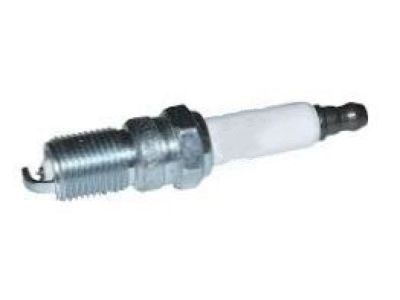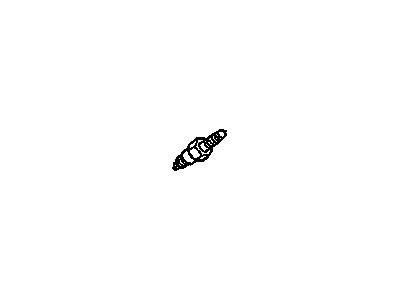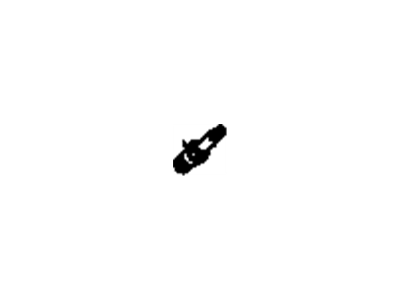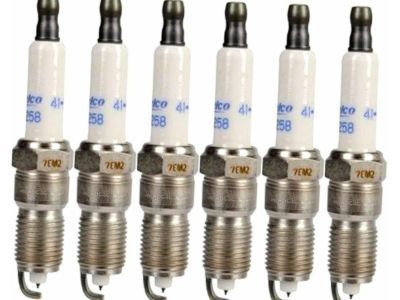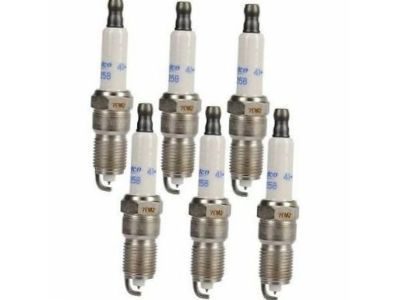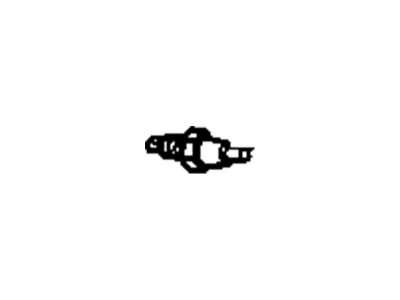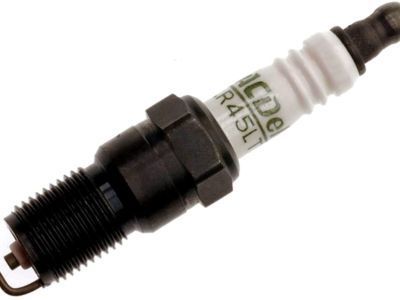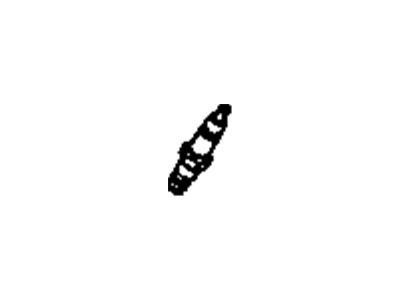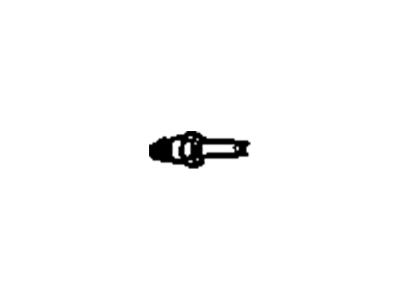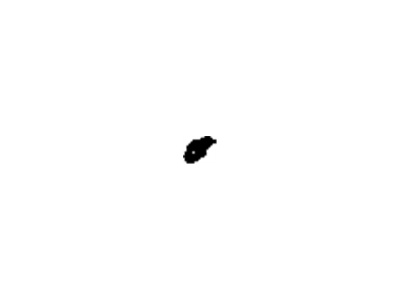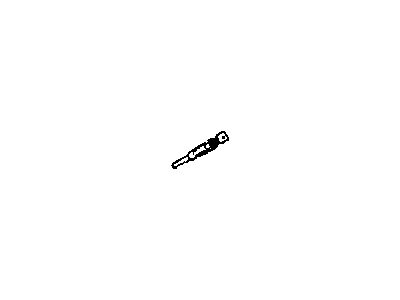
My Garage
My Account
Cart
Genuine Cadillac Deville Spark Plug
Ignition Spark Plug- Select Vehicle by Model
- Select Vehicle by VIN
Select Vehicle by Model
orMake
Model
Year
Select Vehicle by VIN
For the most accurate results, select vehicle by your VIN (Vehicle Identification Number).
14 Spark Plugs found
Cadillac Deville Spark Plug Asm
Part Number: 19301811$7.57 MSRP: $13.76You Save: $6.19 (45%)Ships in 1-3 Business DaysCadillac Deville Spark Plug Asm,Gasoline Engine Ignition
Part Number: 12679799$7.44 MSRP: $13.52You Save: $6.08 (45%)Ships in 1-3 Business DaysCadillac Deville Spark Plug
Part Number: 19158029$7.57 MSRP: $13.76You Save: $6.19 (45%)Ships in 1-3 Business DaysCadillac Deville Spark Plug Asm,Gasoline Engine Ignition
Part Number: 19355205$2.30 MSRP: $4.18You Save: $1.88 (45%)Ships in 1-3 Business DaysCadillac Deville Spark Plug Asm
Part Number: 19300875$7.57 MSRP: $13.76You Save: $6.19 (45%)Ships in 1-3 Business DaysCadillac Deville Spark Plug Asm
Part Number: 19354416$2.40 MSRP: $4.36You Save: $1.96 (45%)Ships in 1-3 Business DaysCadillac Deville Spark Plug Asm,Gasoline Engine Ignition
Part Number: 19354421$2.30 MSRP: $4.18You Save: $1.88 (45%)Ships in 1-3 Business DaysCadillac Deville Spark Plug Asm,Gasoline Engine Ignition
Part Number: 19354430$2.40 MSRP: $4.36You Save: $1.96 (45%)Ships in 1-3 Business DaysCadillac Deville Spark Plug Asm
Part Number: 19302723$2.76 MSRP: $5.02You Save: $2.26 (46%)Ships in 1-3 Business DaysCadillac Deville SPARK PLUG ASM,GAS ENG IGN
Part Number: 19418152$2.33 MSRP: $4.18You Save: $1.85 (45%)Ships in 1-3 Business Days
Cadillac Deville Spark Plug
The Spark Plug used in Cadillac DeVille plays a significant role in the ignition of the air and Fuel mixture required in the combustion process of the vehicles engine. It works by supplying a high voltage electrical current from the ignition system in order to create spark that will ignite the mixture and in the enddevelop the combustion pressures that will push the pistons. The Spark Plug for Cadillac DeVille models has varied over the years for instance the copper/nickel, platinum, double platinum, as well as the iridium Spark Plug, depending on the type of ignition system of the automobile as well as the requirement of the automobile in regard to performance. The main distinctions in these Spark Plugs are warranted by the differences in the materials used and the Spark Plugs' service life. Copper/nickel plugs are found in older models because of their lower operating temperature as compared to platinum and iridium plugs, the former offering a longer life cycle as well as being better suited in high-temperature conditions. Double platinum plugs are used particularly for Distributorless Ignition System (DIS) and some of them are intended to operate correctly in the firing sequence of DIS.
Each OEM Cadillac Deville Spark Plug we offer is competitively priced and comes with the assurance of the manufacturer's warranty for the part. Furthermore, we guarantee the speedy delivery of your orders right to your doorstep. Our hassle-free return policy is also in place for your peace of mind.
Cadillac Deville Spark Plug Parts Questions & Experts Answers
- Q: What are the steps and tools necessary for replacing spark plugs on Cadillac DeVille?A:All the above covered vehicles incorporate transversely slanted engines that locate the spark plugs at the front and rear of the engine bay. The tools required for spark plug replacement are; a spark plug socket which fits to a ratchet, various different extensions, and a gap gauge which measures the gaps on the spark plugs that are new to the vehicle. When removing the wire boots from the spark plugs it is advised that students use the plug wire removal tool because the wire boots on the new models can be very tight to remove. It is recommended to use the torque wrench for tightening of new plugs and avoiding the starting of engine for some time for the plug replacement process. When ever replacing spark plugs, new ones should be purchased before hand, gapped to the correct size and put in one at a time to ensure that the correct kind of spark plug is bought for the particular engine. Before you can remove any of the plugs make sure that the whole engine is cool and have a look at the new plugs for defects when setting the gaps. Platinum and iridium spark plugs are usually pre-gapped, but if the gap is measured, the spark plug should be held with the care in order not to damage the coating of the electrodes. The gap can be checked using a proper thickness gauge and corrective measures if applicable, must be done gingerly because the side electrode is made of porcelain insulator. For the models from 1999 the spark plug wire has to be disconnected by pulling on the boot, for the 2000 models and newer, two ignition coil assemblies will have to be removed to access spark plugs. Before removing the spark plug the ports should be blown with air to ensure that no debris is cleaned off the spark plug hole. Because these spark plugs are fairly buried inside the engine, it is necessary to use a spark plug socket and an extension in order to get them out. Before the new plugs are fitted it is not a bad idea to ensure the threads get coated with a thin layer of the anti-seize compound. The new plugs should be threaded in by hand with a view of having to use a torque wrench or ratchet to tighten them; one should use a short rubber hose while threading them in. Upon fitting a new plug, the plug wire or boot should be twisted on and similarly done for all the plugs again noting that this is a process that should be done one at a time to avoid confusion of the wires. Last but not the least; the ignition coil assemblies should be reinstated.
Related Cadillac Deville Parts
Browse by Year
2005 Spark Plug 2004 Spark Plug 2003 Spark Plug 2002 Spark Plug 2001 Spark Plug 2000 Spark Plug 1999 Spark Plug 1998 Spark Plug 1997 Spark Plug 1996 Spark Plug 1995 Spark Plug 1994 Spark Plug 1993 Spark Plug 1992 Spark Plug 1991 Spark Plug 1990 Spark Plug 1989 Spark Plug 1988 Spark Plug 1987 Spark Plug 1986 Spark Plug 1985 Spark Plug 1984 Spark Plug 1983 Spark Plug 1982 Spark Plug
